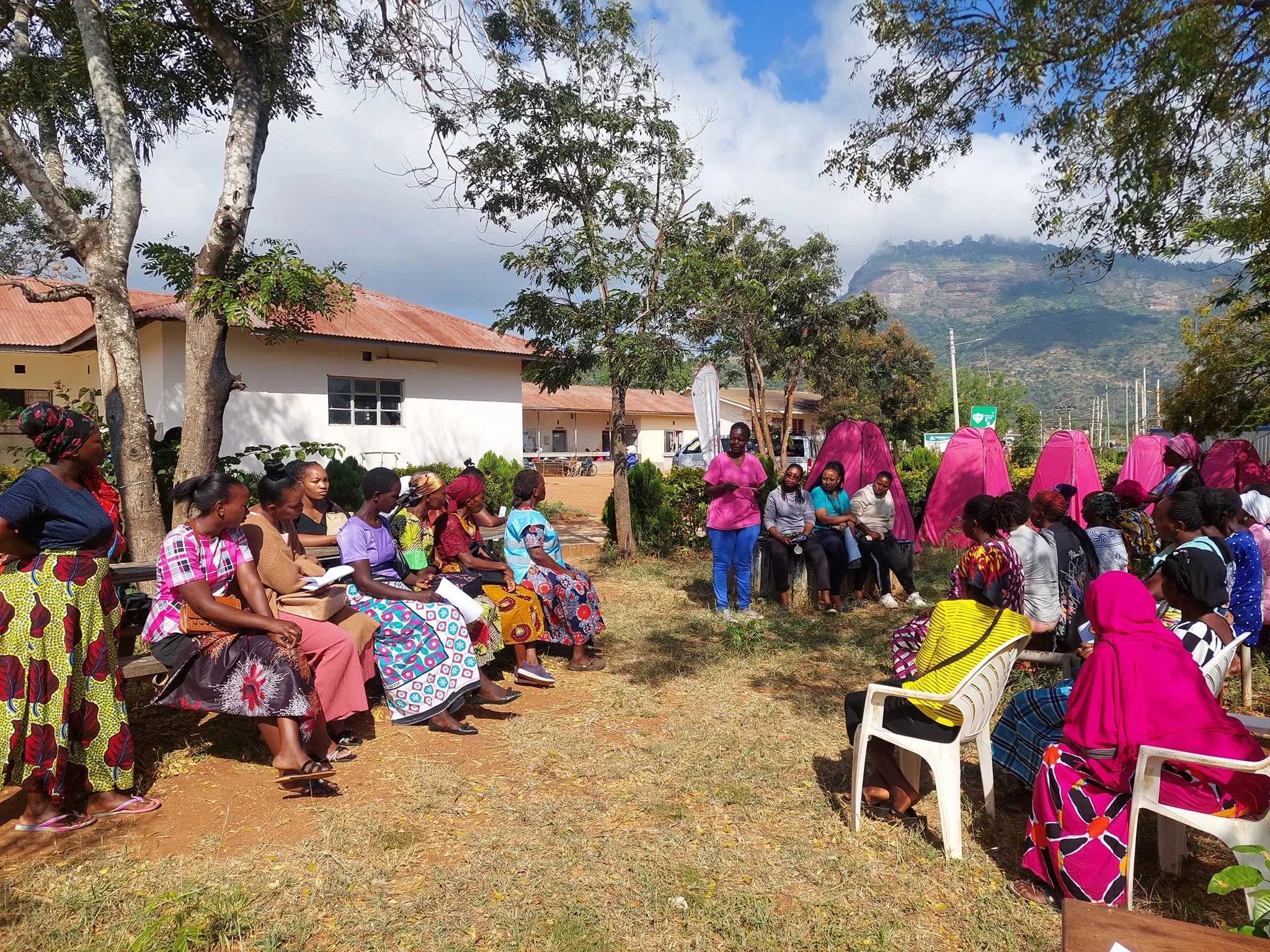
Understanding the Problem of
Cervical Cancer
What Is Cervical Cancer?
Cervical Cancer is the only cancer that is 100% preventable. It is can also be cured if detected early and properly treated. Cervical cancer is a type of cancer that occurs in the cells of the cervix — the lower part of the uterus that connects to the vagina. Hope for women comes from education about women’s reproductive health — early and often screening. Cervical cancer is one of the most successfully treatable forms of cancer, as long as it is detected early and managed effectively. A diagnosis of cervical cancers in late stages can also be controlled with appropriate treatment and palliative care.
With global initiatives and culturally relevant comprehensive approaches to reach women in rural areas, prevention, screening, and treatment of cervical cancer, we can eliminate a public health crisis within a generation.
A Global Crisis: The Fight Against Cervical Cancer
Cervical cancer is a global crisis impacting women and their families across the world – especially in low-and-middle-income countries (LMIC). Women are the primary source of income and stability in LMICs. Without women, their families, communities and the world economy suffer. Here are the facts:
660,000 women diagnosed worldwide in 2022.
350,000 women lost to cervical cancer in 2020.
90% of deaths occur in low-and-middle-income countries.
Most common cancer in 36 low-income nations, especially sub-Saharan Africa.
More women die from cervical cancer than from childbirth.
Women living with HIV are 6 times more likely to develop cervical cancer.
The PINCC APPROACH
With each trip there are four main components Pincc implements to deliver high-quality screening and treatment and lasting impact in the community.
-
Our work extends beyond our trips, empowering local healthcare providers in underserved areas with training and tools to prevent cervical cancer. By equipping these providers to educate and train others, we create a ripple effect that fosters long-term sustainability. Our goal is to build a self-sufficient network of skilled practitioners committed to reducing cervical cancer rates and saving lives in communities with limited resources.
-
Screening is conducted through community education and mobilization for visual inspection with acetic acid (VIA) and HPV testing. VIA applies a diluted acetic acid solution to the cervix to highlight abnormal cells, while HPV tests collect cervical and vaginal cells for lab analysis. Results can be delivered via SMS within 2 hours.
-
Thermal ablation is a key treatment for pre-cancerous cervical lesions in remote areas, using a portable device to destroy abnormal tissue at temperatures between 100°C and 120°C. For more advanced lesions, the Loop Electrosurgical Excision Procedure (LEEP) is performed to remove part of the cervix, requiring local anesthesia. Both methods are crucial for providing effective, accessible care in under-resourced settings.
-
PINCC is dedicated to establishing sustainable cervical cancer prevention programs worldwide. To date, we have trained approximately 700 medical personnel and certified 40 clinics across Africa, Latin America, and Asia. These self-sufficient sites continue to provide services to thousands of women annually. Our vision is to empower local healthcare systems to prevent cervical cancer, thereby saving countless women's lives.









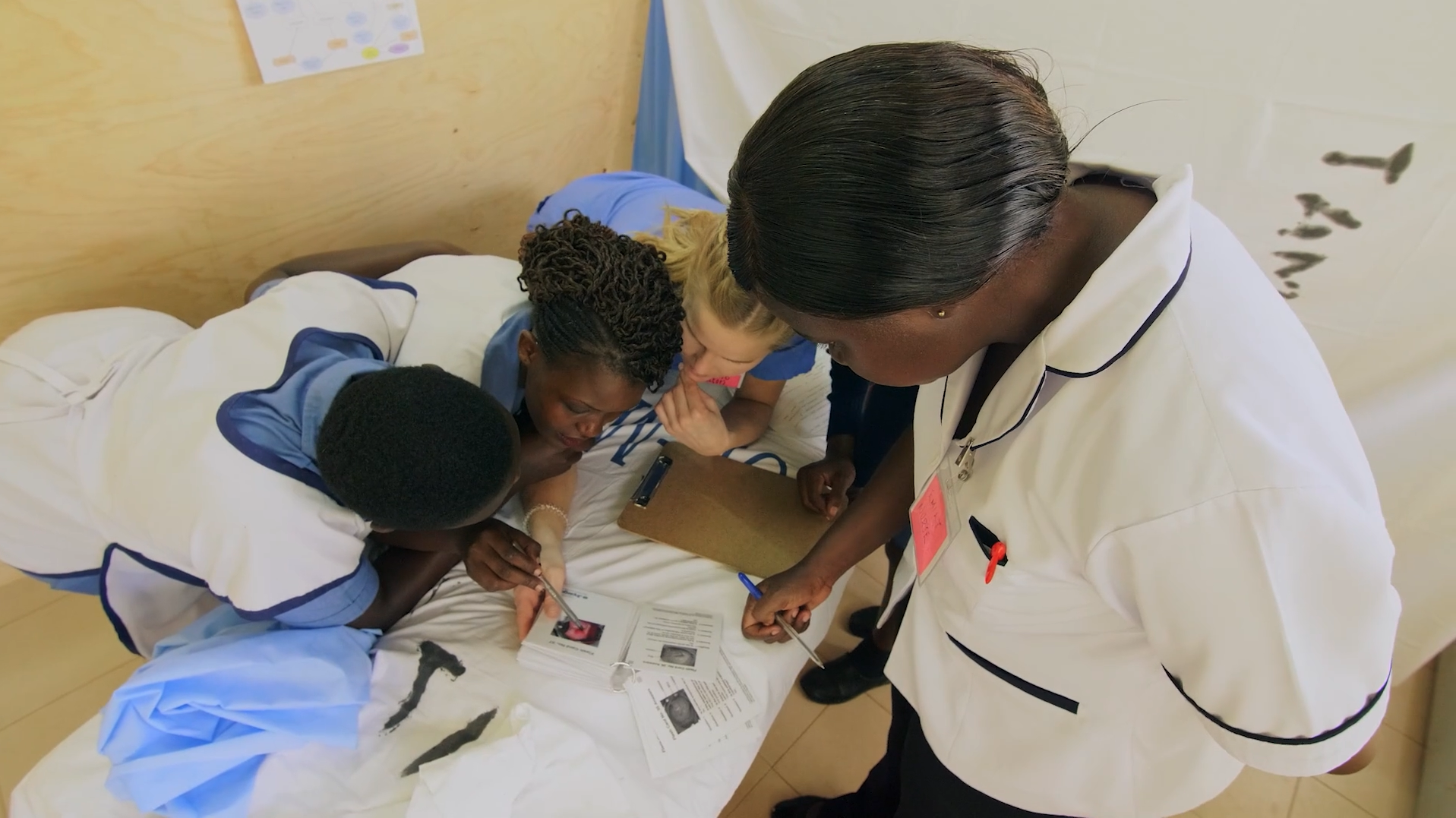

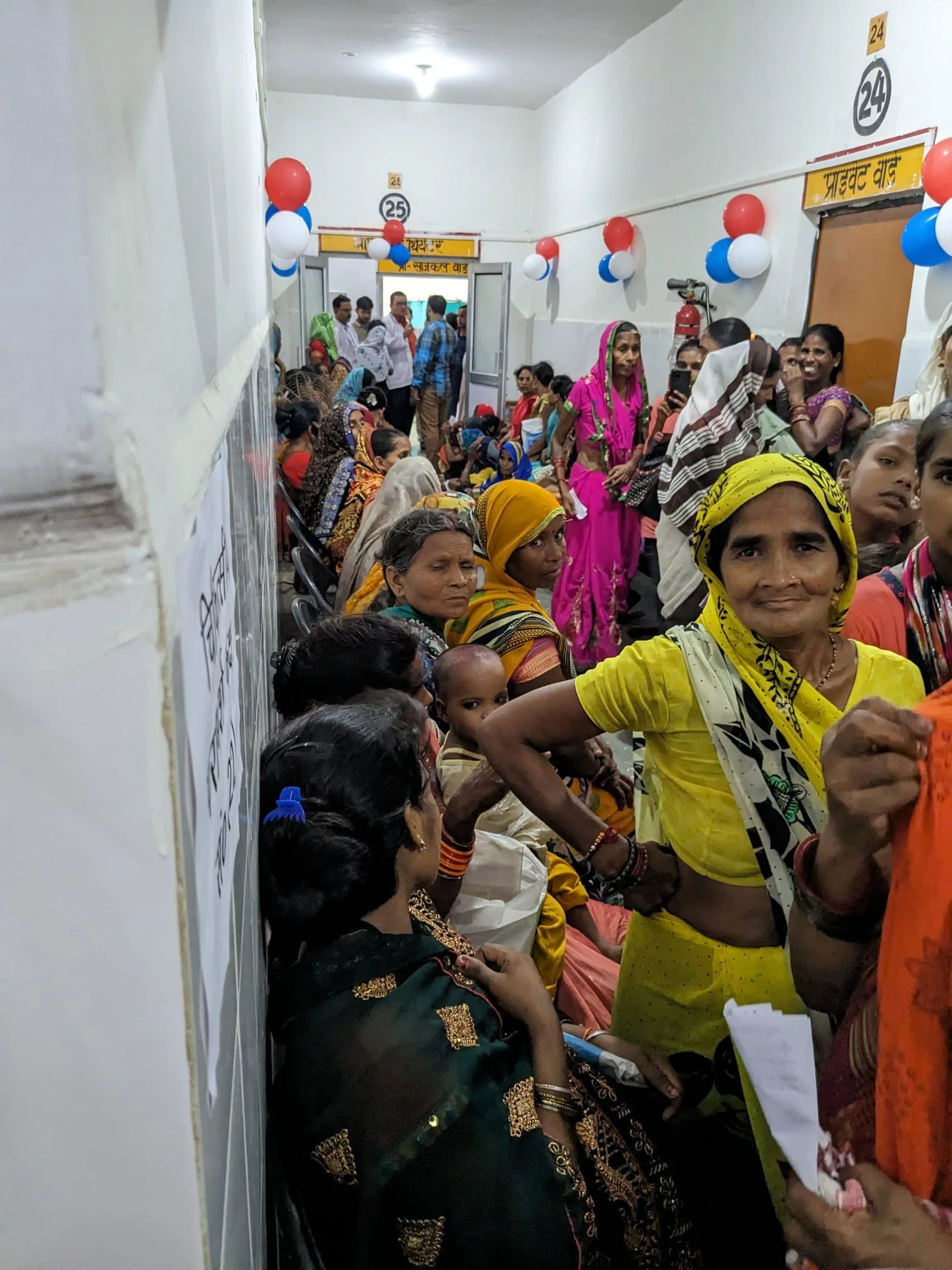
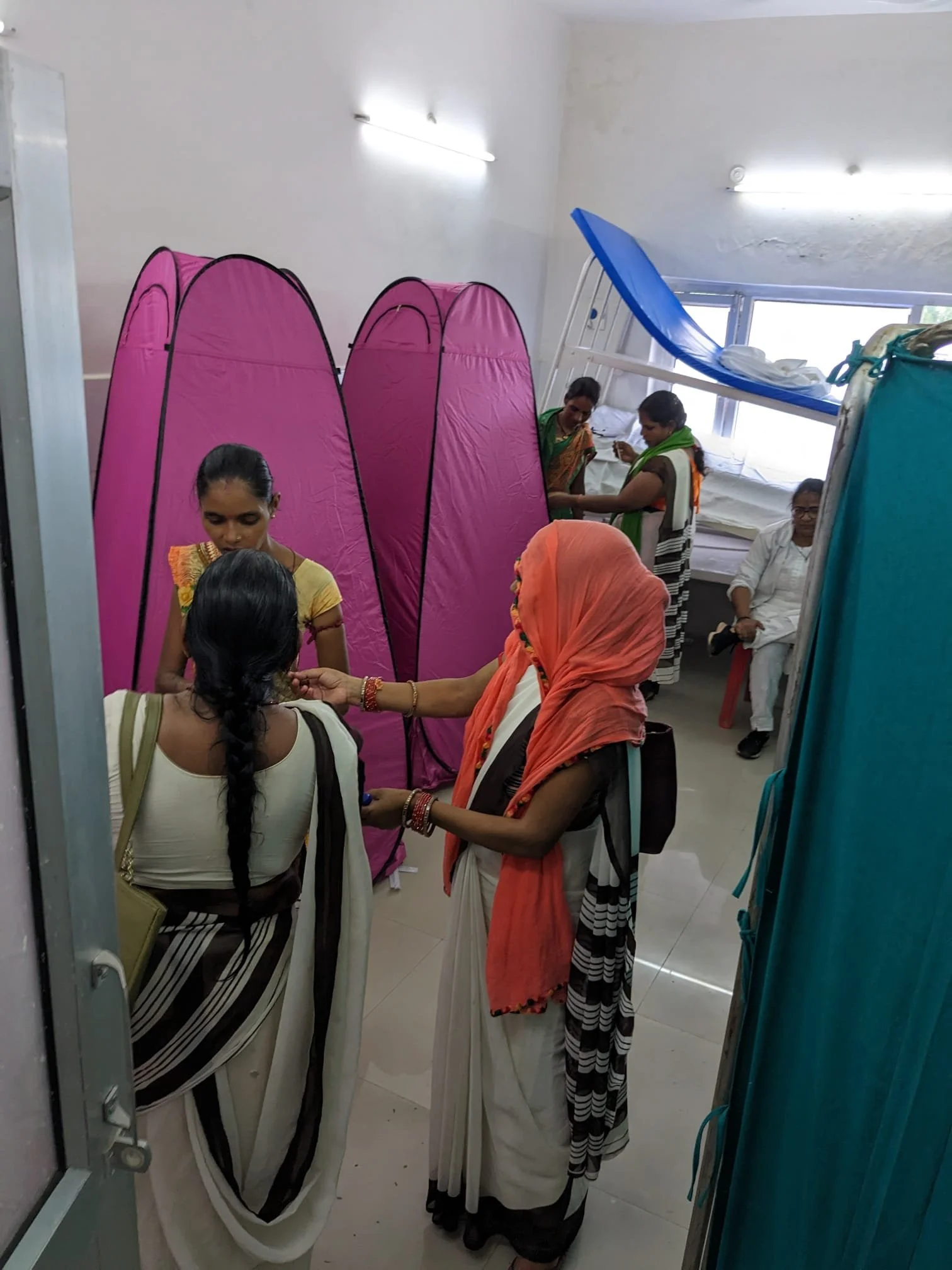


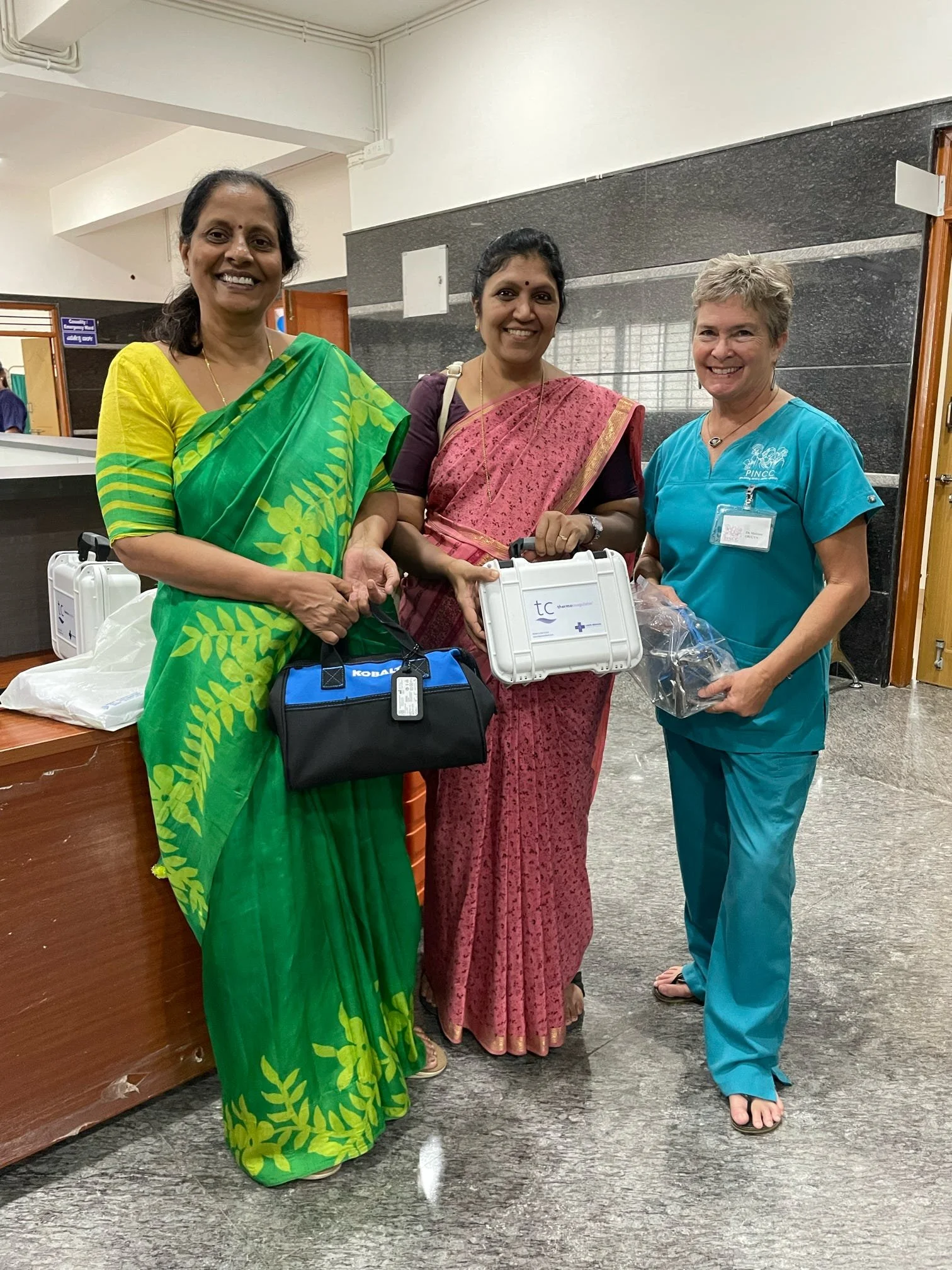
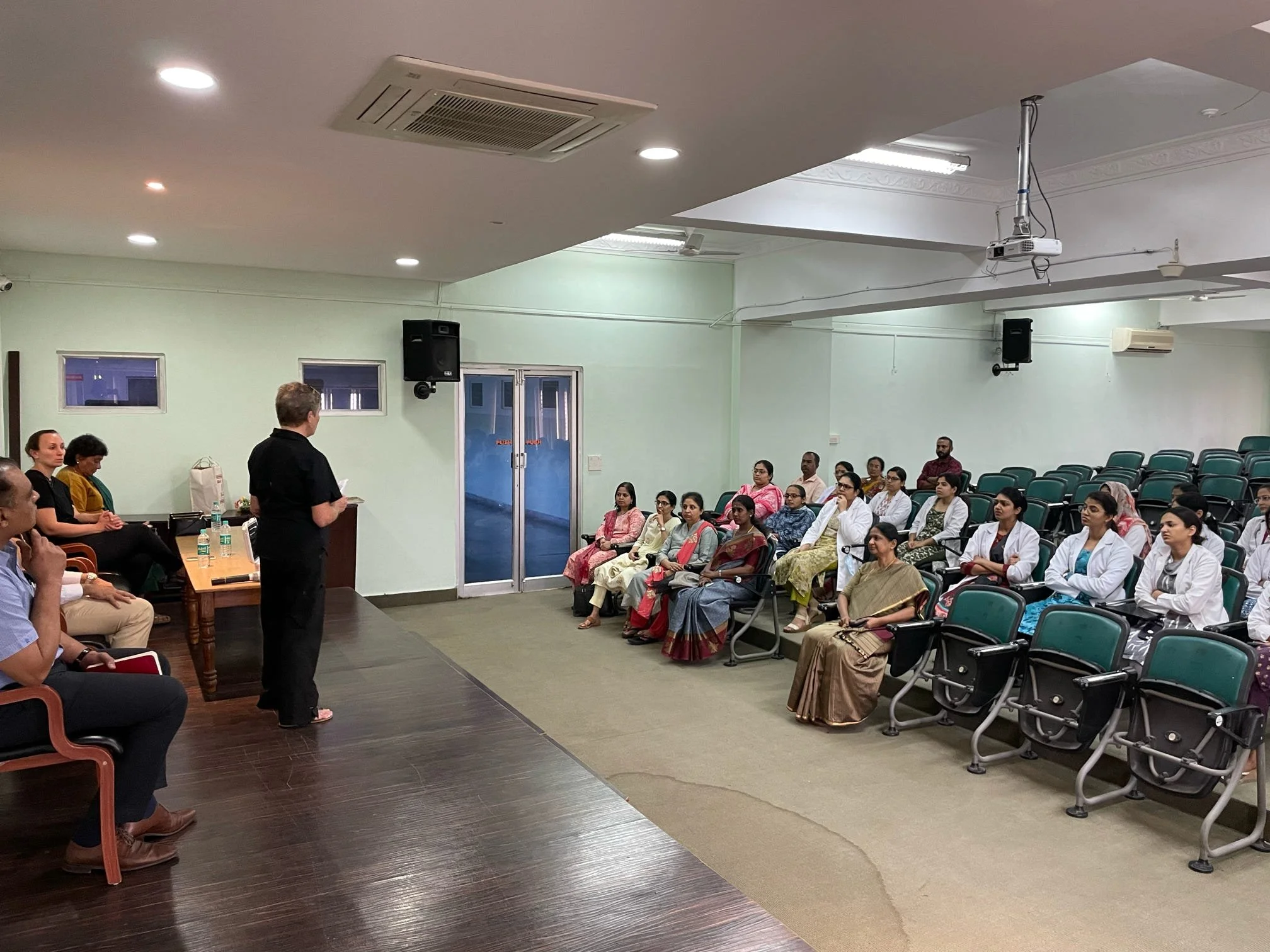
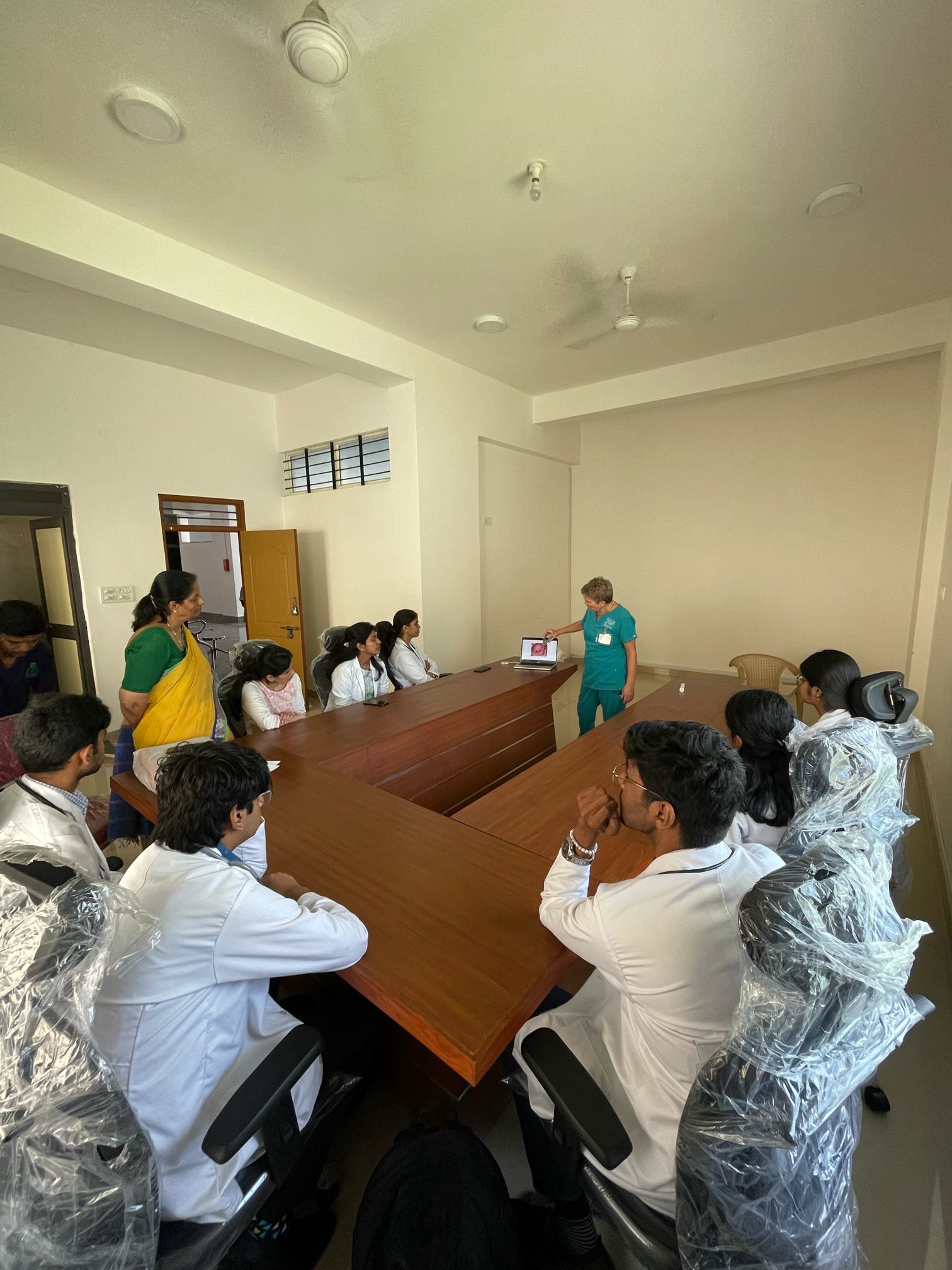

What are the devices Pincc donates to treat pre-cancerous cervical lesions?
Thermocoagulators use heat to destroy precancerous cells on the cervix, preventing them from developing into cervical cancer. This method, also known as thermal ablation, is often used to treat cervical intraepithelial neoplasia (CIN), a condition where abnormal cells grow on the surface of the cervix. By effectively eliminating these abnormal cells, thermocoagulators play a crucial role in preventing the progression to cervical cancer.
It is one of the main devices PINCC donates to clinics to ensure long-term sustainability in treating pre-cancerous cervical lesions.
In the last three years, PINCC has donated Over 30 devices around the world.


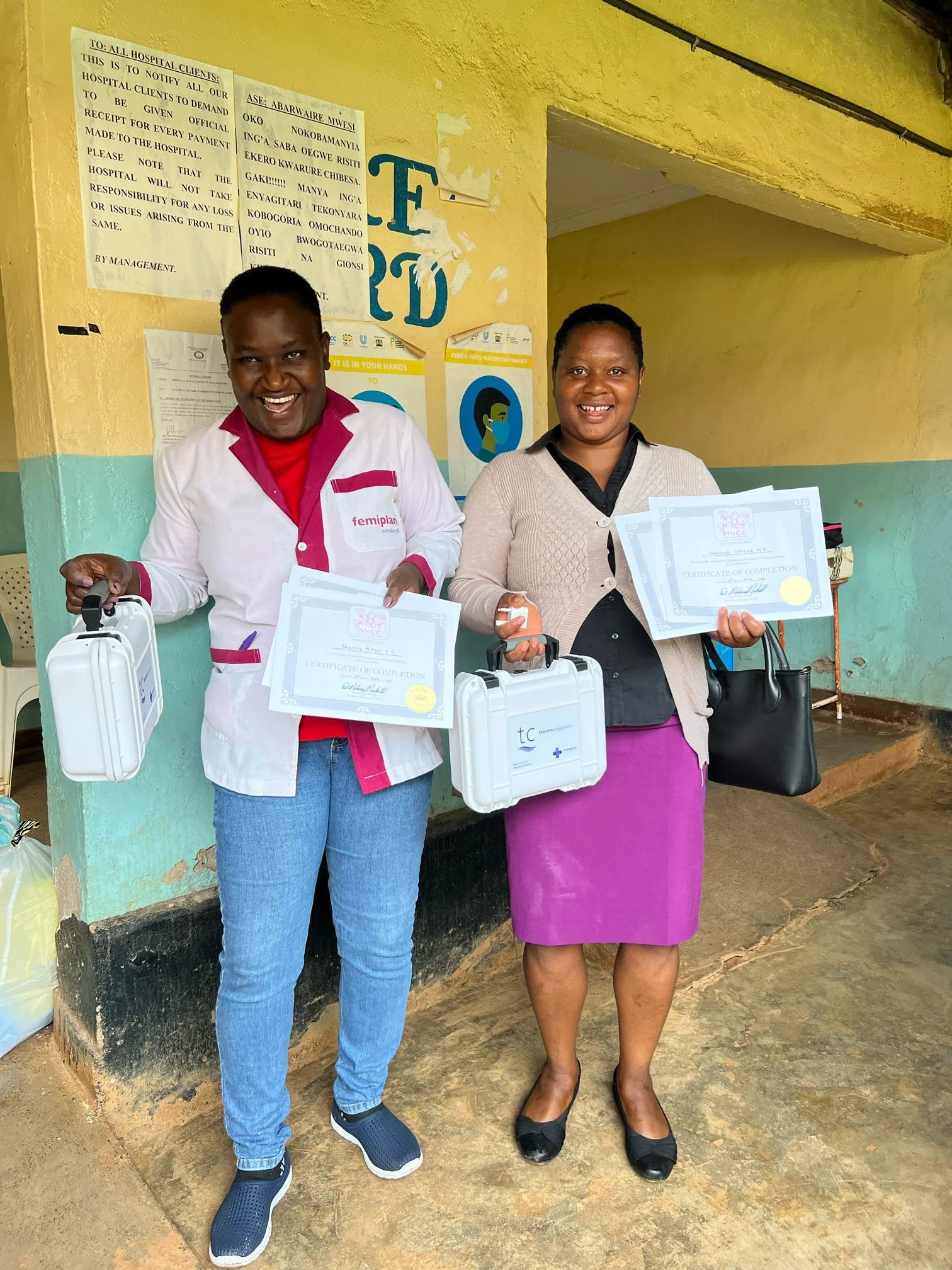


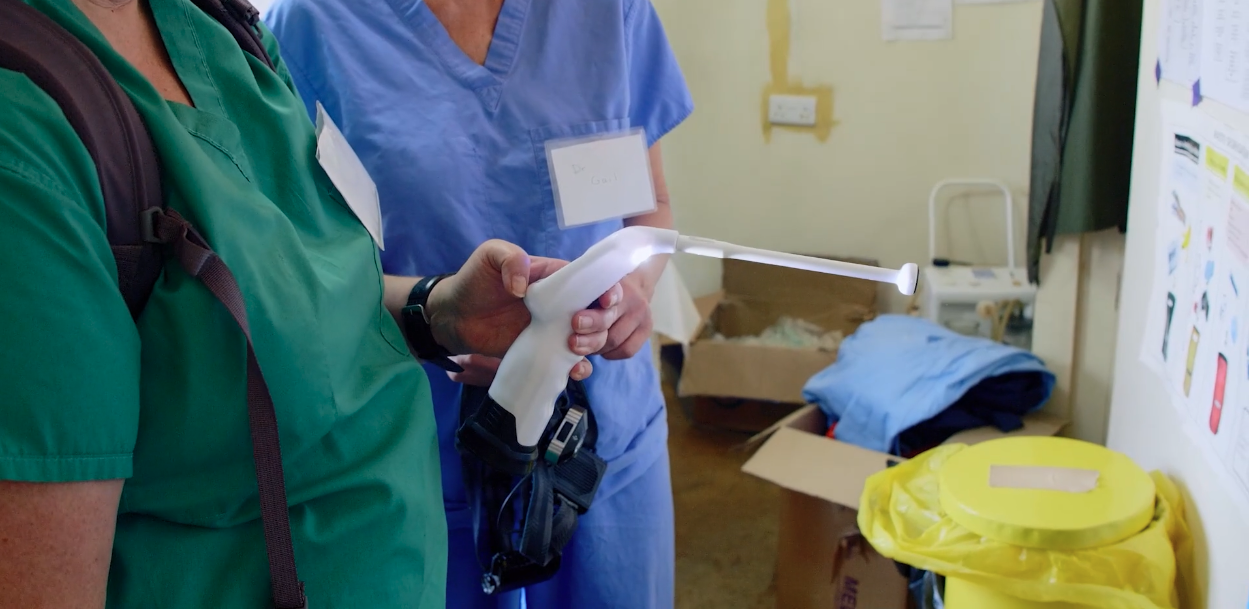

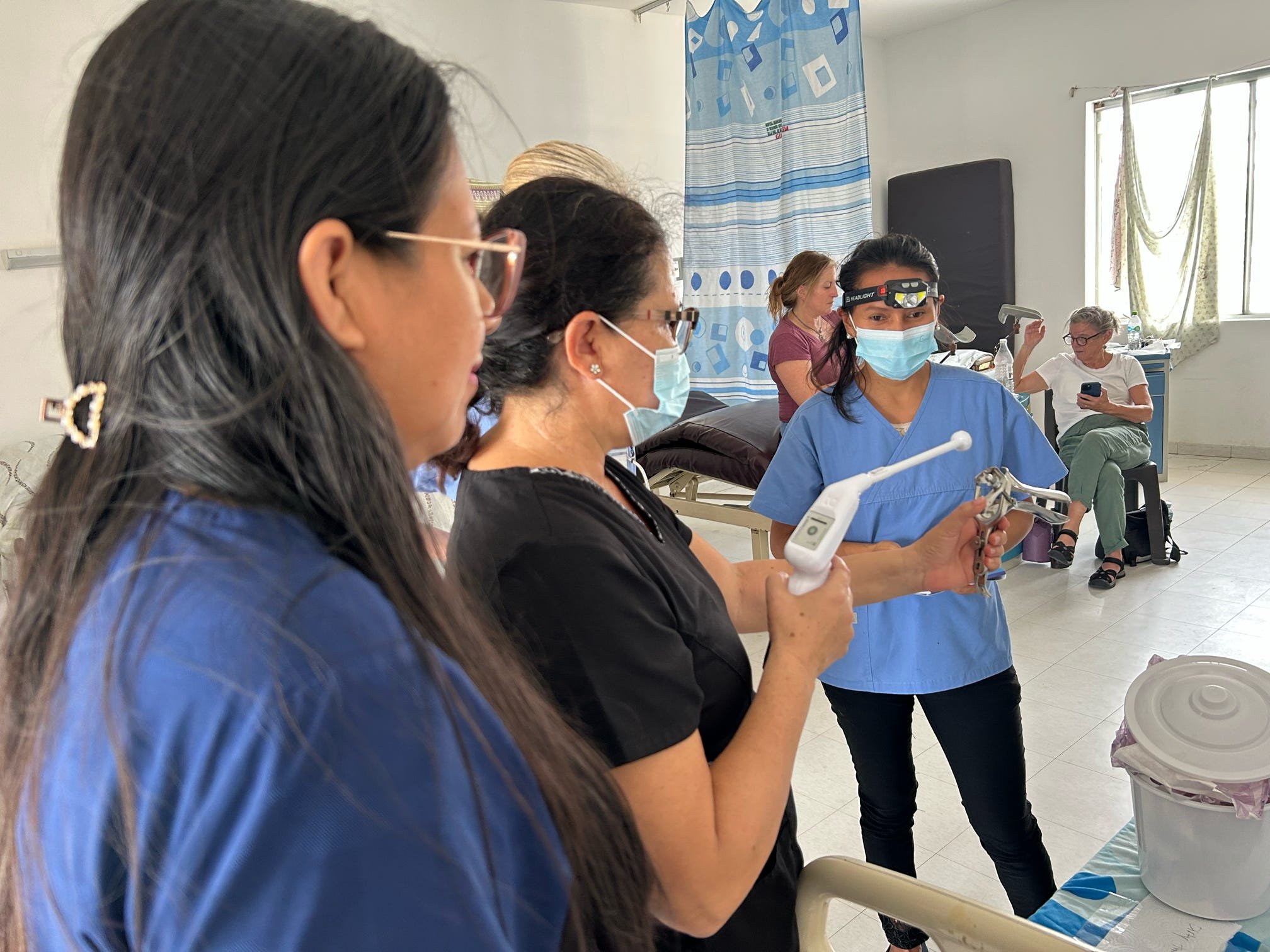

When we train healthcare providers, we train them to train more.
It’s imperative that PINCC’s mission continues once our team leaves.
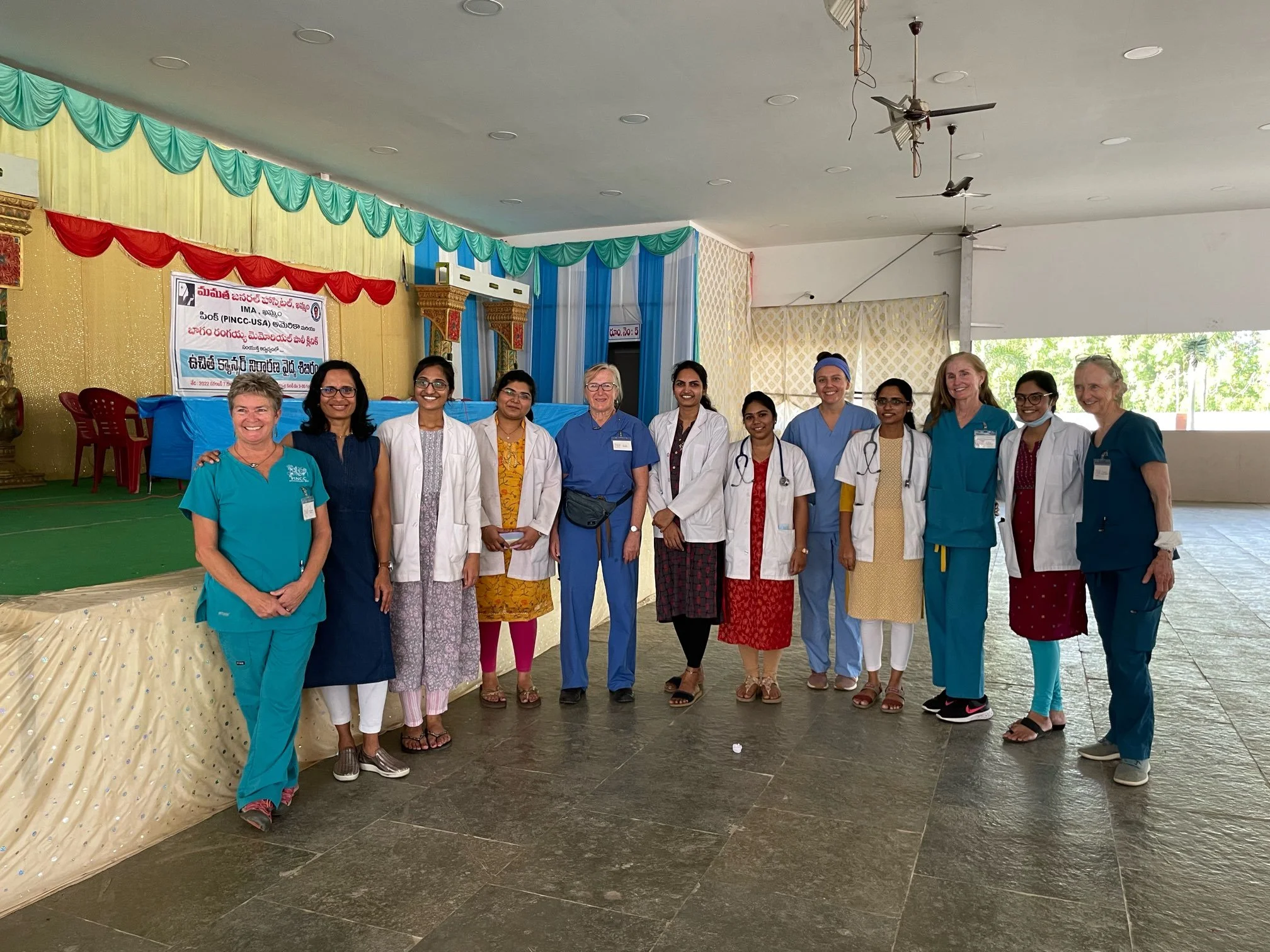
“Cervical cancer is a 100% treatable disease when diagnosed early. Sadly, women are still dying from this disease. Especially in countries with limited access to screening. Over the past 19 years, PINCC has been striving to bridge this health gap. Through PINCC’s training, local health professionals learn to see, screen and treat precancerous cells. None of this would be possible without you -our donors and volunteers.
Your gift gives us the power to save lives and keep families intact.”
- Dr. Jean Talbert, PINCC President
Supporting World Health Organization Initiatives:
90-70-90 Strategy
90-70-90 is a public health strategy by the World Health Organization (WHO) that aims to eliminate cervical cancer. Each country should meet the 90–70–90 targets by 2030 to eradicate cervical cancer within the next century.
90% of girls fully vaccinated with the HPV vaccine by age 15.
70% of women are screened for using a high-performance test by age 35 & 45.
90% of women with precancerous lesions and invasive cervical cancer receive treatment.
Our mission at PINCC is to increase cervical cancer screenings and ensure timely treatment in order to meet the "70" target of the WHO's 90-70-90 strategy. By training local healthcare providers, PINCC empowers communities to conduct effective screenings and diagnose precancerous conditions. The targeted approach not only addresses a key milestone in cervical cancer prevention, but also builds sustainable, self-sufficient healthcare systems to support ongoing efforts.
Ways you can help us
conquer cervical cancer
Donate Online
Purchase From Our Amazon Wishlist
Share Our Content On Social Media
Become a partner of PINCC
Sources:
Sung H, Ferlay J, Siegel RL, Laversanne M, Soerjomataram I, Jemal A, Bray F. Global cancer statistics 2020: GLOBOCAN estimates of incidence and mortality worldwide for 36 cancers in 185 countries. CA Cancer J Clin. 2021 Feb 4. doi: 10.3322/caac.21660. Epub ahead of print. PMID: 33538338.
Global Cancer Observatory. Cervix uteri (Fact Sheet). January, 2021.
“Cervical Cancer: Caring for Life, Giving Hope: Liger Medical Global.” Liger Medical.
World Health Organization. (n.d.). Cervical cancer. World Health Organization. Retrieved from World Health Organization.
World Health Organization. (2020). Global strategy to accelerate the elimination of cervical cancer as a public health problem. World Health Organization. Retrieved from World Health Organization.
WHO Guidelines for Screening and Treatment of Precancerous Lesions for Cervical Cancer Prevention. Geneva: World Health Organization; 2013.





